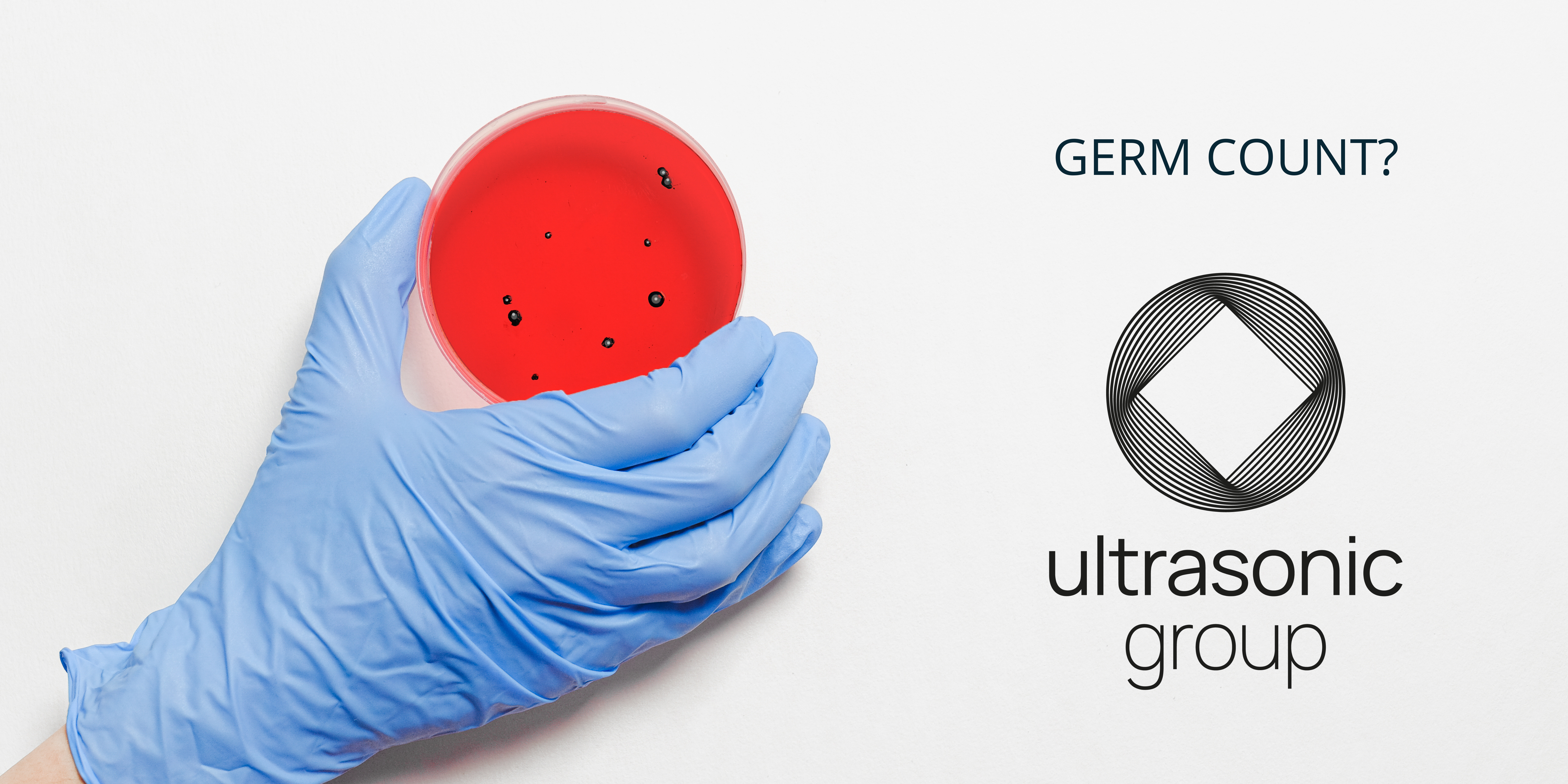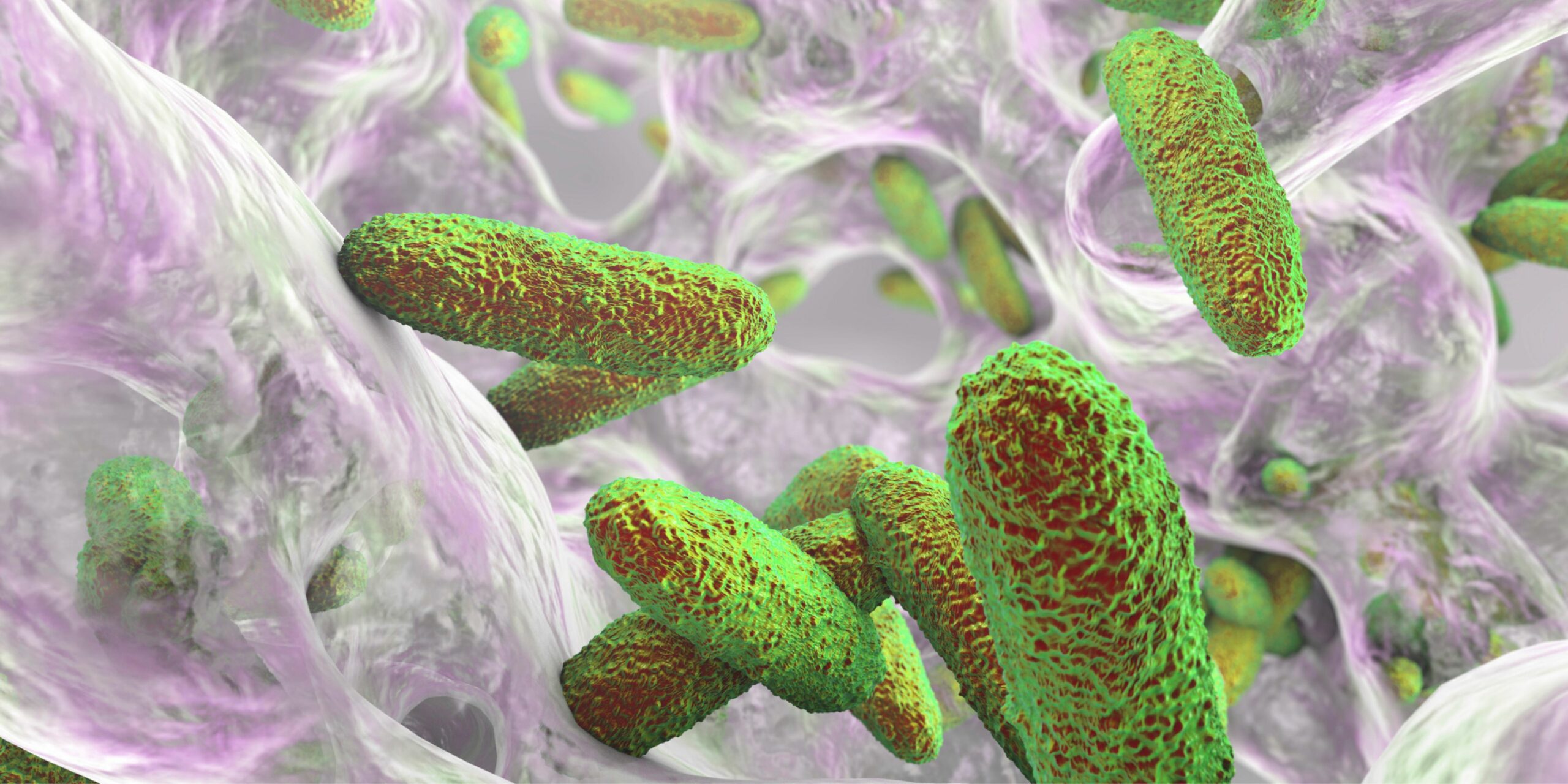Germination, a term that is virtually unknown to many people. At least for farmers and livestock producers, it is one of the most important hygiene parameters for measuring water quality. The goal? Keeping these germ counts as low as possible.

To explain it as simply as possible, a germ count is a type of indicator used to measure the number of microorganisms per unit. The results are presented as colony-forming units per ml or per gram. The main types of germs are; bacteria, viruses, fungi, and protozoa.
Germ counts occur just about everywhere, but the most common places where germ counts are measured are in the following 2 industries.
In the livestock industry, here germ counts are measured mainly to measure the number of bacteria in the water. These counts represent all the microorganisms, including the non-harmful bacteria. The higher the bacterial count, the higher the risk of harmful bacteria. The target value for this in the livestock sector is 10,000 CFU/ml.
 Bacteria attached to biofilm
Bacteria attached to biofilm Also in the milk industry, the bacterial count is often looked at. Here, germ counts are used as a kind of yardstick to measure the hygienic quality of the delivered milk. In ideal conditions, bacteria divide every 20 minutes. If an excessively high bacterial count is present in the milk, this indicates an increase in bacteria. In case too many bacteria are present after milking cattle, this may be due to a fault in the cleaning of the milking installation. Cattle themselves can also be a cause of excessive bacterial counts, as they can excrete them during milking.
1 of the most common bacteria in milk and water, is Escherichia coli better known as E-coli. This bacterium can indicate an increase in pathogens. E-coli can be caused by inadequate cleaning of machinery or cooling problems. In addition, E-coli is not only harmful to the health of animals, but can also be harmful to humans.